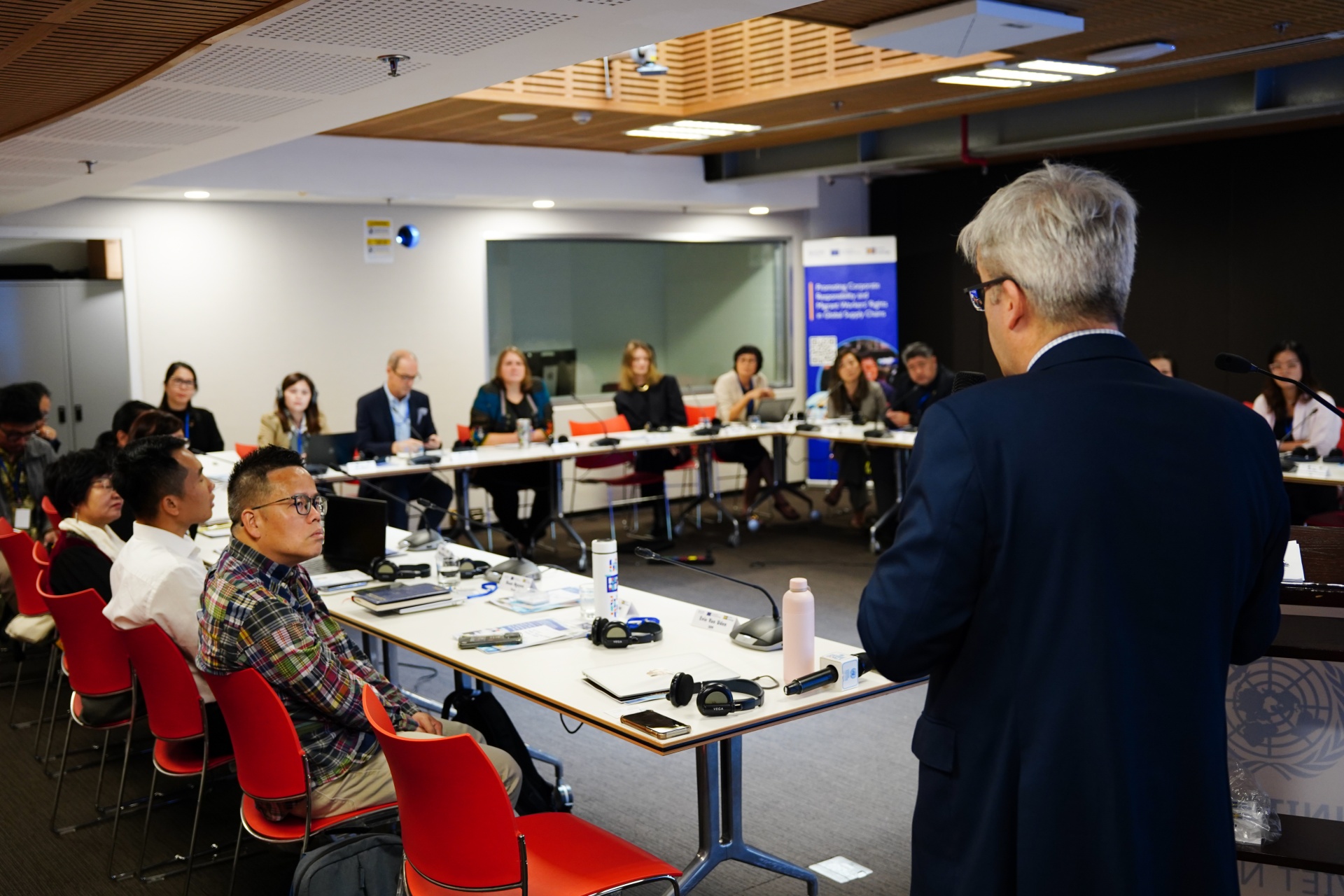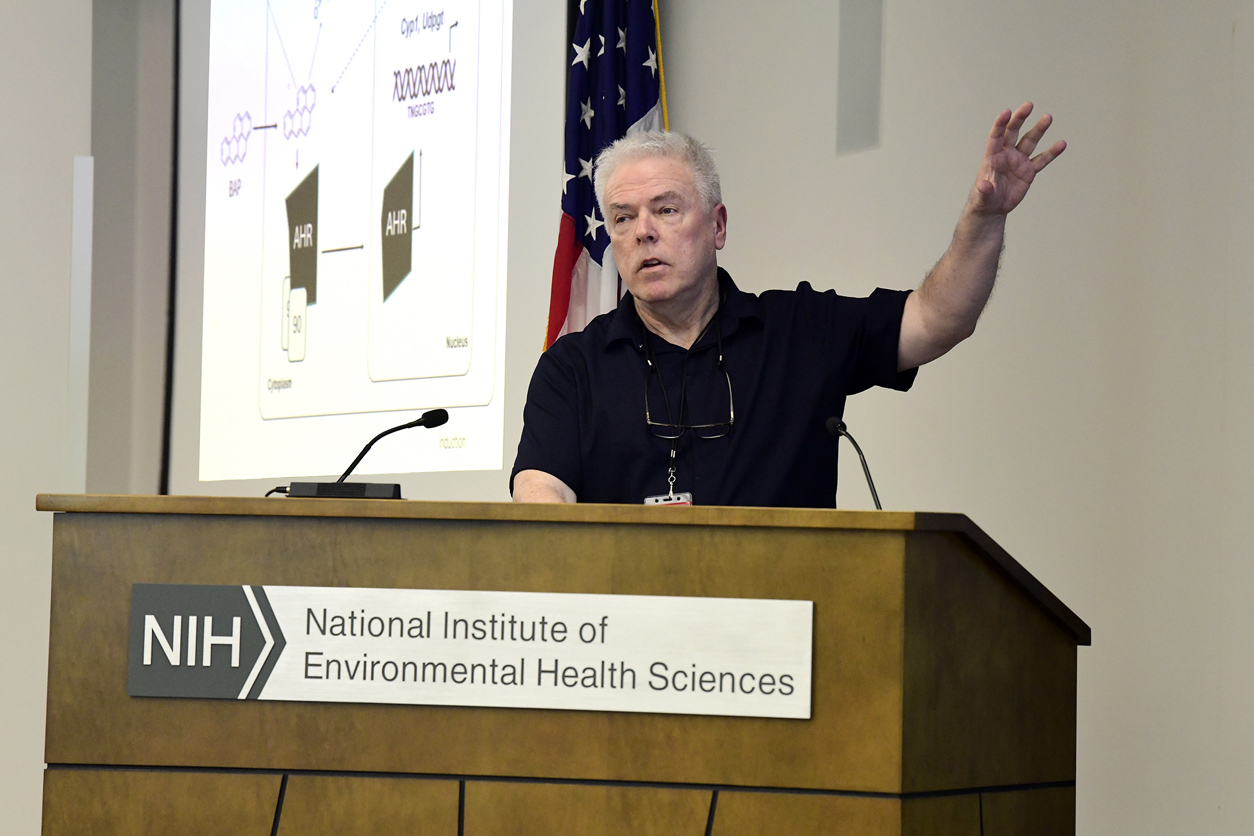Tony Pritzker’s five rules for effective environmental philanthropy – Butler Nature

Philanthropic Strategy for Sustainable Development: An Analysis of the Pritzker Approach
Tony Pritzker’s philanthropic model treats environmental challenges as engineering problems requiring methodical, long-term solutions rather than moral crusades. This approach aligns directly with the framework of the United Nations Sustainable Development Goals (SDGs), emphasizing data-driven, targeted, and persistent action. The following report outlines five core principles of this strategy and their relevance to achieving the SDGs.
-
Establish and Maintain Specific Targets
The strategy advocates for setting clear, specific goals and pursuing them with discipline. This focus on targeted outcomes is essential for making measurable progress on complex environmental issues. An example is the work with Heal the Bay, which focused on science collection, education, and policy advocacy to achieve major infrastructure upgrades.
- SDG 6 (Clean Water and Sanitation): Directly addressed through efforts to implement stormwater treatment systems.
- SDG 14 (Life Below Water): Advanced by improving the health of coastal ecosystems through pollution reduction.
- SDG 17 (Partnerships for the Goals): Demonstrated by collaborating with scientists, educators, and policymakers to achieve a common objective.
-
Invest in Early-Stage Innovators
A core belief is that transformative breakthroughs often originate from early-career innovators rather than established figures. By funding emerging talent, such as through the Pritzker Emerging Environmental Genius Award at UCLA, philanthropy can accelerate progress and foster a new generation of leaders dedicated to sustainability.
- SDG 4 (Quality Education): Supports the development of specialized skills and knowledge among the next generation of environmental leaders.
- SDG 9 (Industry, Innovation and Infrastructure): Fosters the innovation required to develop new technologies and solutions for sustainability challenges.
-
Prioritize Data-Driven Decision-Making
Grounded in an engineering mindset, this principle insists on empirical evidence over ideology. Philanthropy’s role is defined as seeding fact-based science and policy, thereby creating a foundation for effective solutions that transcend political divides. This approach is fundamental to addressing multifaceted issues like climate change.
- SDG 13 (Climate Action): Ensures that strategies for climate mitigation and adaptation are based on sound scientific research and data.
- SDG 9 (Industry, Innovation and Infrastructure): Reinforces the importance of scientific research as a basis for sustainable industrial and technological development.
-
Bridge the Gap Between Science and Policy
Recognizing that complex scientific research is often inaccessible to policymakers, the strategy emphasizes the translation of data into actionable policy formats. Funding the creation of concise, visual policy briefs by law students provides a tactical bridge between academia and legislation, ensuring that scientific insights inform governance.
- SDG 16 (Peace, Justice and Strong Institutions): Strengthens institutions by equipping them with accessible, evidence-based information for effective decision-making.
- SDG 17 (Partnerships for the Goals): Facilitates collaboration between academic institutions and government bodies to create more effective environmental policies.
-
Promote Local Action and Long-Term Persistence
The principle posits that large-scale environmental problems are ultimately solved through persistent, localized efforts. By encouraging involvement at the community level, this approach builds a foundation for scalable and sustainable change. This “abundance optimism” is rooted in the belief that local innovation and stewardship are key to managing global challenges.
- SDG 11 (Sustainable Cities and Communities): Directly supports the resolution of urban environmental issues like water management and waste reduction on a block-by-block basis.
- SDG 6 (Clean Water and Sanitation): Reinforces that sustainable water management begins with local community action and infrastructure.
- SDG 13 (Climate Action): Highlights the critical role of local initiatives in contributing to global climate goals.
In summary, the Pritzker model provides a pragmatic and patient roadmap for philanthropy aimed at achieving durable outcomes. Its alignment with the Sustainable Development Goals underscores a methodology grounded in specific targets, innovation, data, policy integration, and persistent local action.
Analysis of Sustainable Development Goals in the Article
1. Which SDGs are addressed or connected to the issues highlighted in the article?
The article on Tony Pritzker’s philanthropic strategy touches upon several Sustainable Development Goals (SDGs) through its focus on environmental problem-solving, innovation, policy, and education. The following SDGs are relevant:
- SDG 4: Quality Education: The article mentions the strategy to “train teachers, bring children to the water,” which directly relates to environmental education and awareness.
- SDG 6: Clean Water and Sanitation: This is a central theme, exemplified by the “Heal the Bay” initiative, which led to “major infrastructure upgrades such as stormwater treatment systems” to improve water quality.
- SDG 9: Industry, Innovation, and Infrastructure: The focus on funding “early-stage talent” and “restless early-career innovators” through the Pritzker Emerging Environmental Genius Award directly supports innovation. The mention of “infrastructure upgrades” also aligns with this goal.
- SDG 11: Sustainable Cities and Communities: The article’s emphasis on local action (“solved block by block”) and managing urban environmental issues like “water” and “waste” through infrastructure like “stormwater treatment systems in Los Angeles” connects to making cities more sustainable.
- SDG 13: Climate Action: Climate is explicitly mentioned as one of the “large-scale problems” that Pritzker’s approach aims to solve, implying a connection to climate action through innovation and policy.
- SDG 14: Life Below Water: The “Heal the Bay” initiative is a direct effort to protect a marine ecosystem from land-based pollution, which is a core objective of this SDG.
- SDG 16: Peace, Justice, and Strong Institutions: The principle of translating “science into policy” by funding policy briefs for legislators aims to create more effective, evidence-based governance and stronger institutions.
- SDG 17: Partnerships for the Goals: The entire article describes a philanthropic model that relies on partnerships between private philanthropy, academia (UCLA), and policymakers to achieve environmental goals.
2. What specific targets under those SDGs can be identified based on the article’s content?
Based on the actions and principles described, several specific SDG targets can be identified:
- Target 4.7: Ensure that all learners acquire the knowledge and skills needed to promote sustainable development. The strategy to “train teachers, bring children to the water” is a direct implementation of education for sustainable development.
- Target 6.3: By 2030, improve water quality by reducing pollution. The successful push for “stormwater treatment systems” is a direct action to reduce pollution and improve the water quality in the bay.
- Target 9.5: Enhance scientific research, upgrade the technological capabilities of industrial sectors in all countries. Funding “early-stage talent” and “innovators” is a direct investment in enhancing scientific research and fostering breakthroughs.
- Target 11.6: By 2030, reduce the adverse per capita environmental impact of cities, including by paying special attention to air quality and municipal and other waste management. The focus on solving problems of “water” and “waste” at a local, urban level (“block by block”) aligns with this target.
- Target 14.1: By 2025, prevent and significantly reduce marine pollution of all kinds, in particular from land-based activities. The “Heal the Bay” initiative, which resulted in infrastructure to treat stormwater runoff from Los Angeles, is a textbook example of addressing this target.
- Target 16.7: Ensure responsive, inclusive, participatory and representative decision-making at all levels. The effort to create a “tactical bridge between research and legislation” by funding policy briefs ensures that decision-making by legislators can be more responsive to scientific facts.
- Target 17.17: Encourage and promote effective public, public-private and civil society partnerships. The collaboration described between Pritzker’s philanthropy, UCLA (academia/civil society), and policymakers is a model for such a partnership.
3. Are there any indicators mentioned or implied in the article that can be used to measure progress towards the identified targets?
The article does not provide quantitative data but implies several indicators that could be used to measure the success of the described initiatives:
- Implied Indicator for Target 6.3 & 14.1: The article mentions the outcome of “major infrastructure upgrades such as stormwater treatment systems.” A direct indicator of progress would be the number and capacity of new stormwater treatment systems installed or the measured reduction in pollutants entering the bay from land-based sources.
- Implied Indicator for Target 4.7: The actions of “train teachers” and “bring children to the water” suggest that progress could be measured by the number of teachers trained in environmental science curricula and the number of students participating in environmental education programs.
- Implied Indicator for Target 9.5: The creation of the “Pritzker Emerging Environmental Genius Award” implies that progress could be tracked by the amount of funding disbursed to early-career innovators or the number of environmental innovations or breakthroughs produced by award recipients.
- Implied Indicator for Target 16.7: The strategy of funding “short, visual 24-page policy briefs” implies an indicator such as the number of policy briefs produced and delivered to legislators or, more impactfully, the number of legislative policies that incorporate scientific evidence from the briefs.
4. Summary Table of SDGs, Targets, and Indicators
| SDGs | Targets | Indicators (Implied from the Article) |
|---|---|---|
| SDG 4: Quality Education | 4.7: Education for sustainable development. | Number of teachers trained and students engaged in environmental programs. |
| SDG 6: Clean Water and Sanitation | 6.3: Improve water quality by reducing pollution. | Implementation of stormwater treatment systems. |
| SDG 9: Industry, Innovation, and Infrastructure | 9.5: Enhance scientific research and innovation. | Number of early-career innovators funded through awards. |
| SDG 11: Sustainable Cities and Communities | 11.6: Reduce the environmental impact of cities (e.g., waste management). | Local infrastructure projects addressing water and waste. |
| SDG 14: Life Below Water | 14.1: Reduce marine pollution from land-based activities. | Measured reduction in pollution in coastal waters (e.g., the bay). |
| SDG 16: Peace, Justice, and Strong Institutions | 16.7: Ensure responsive and representative decision-making. | Number of science-based policy briefs produced for legislators. |
| SDG 17: Partnerships for the Goals | 17.17: Promote effective public-private and civil society partnerships. | Establishment of collaborations between philanthropy, academia, and policymakers. |
Source: butlernature.com

What is Your Reaction?
 Like
0
Like
0
 Dislike
0
Dislike
0
 Love
0
Love
0
 Funny
0
Funny
0
 Angry
0
Angry
0
 Sad
0
Sad
0
 Wow
0
Wow
0














































.jpg.webp?itok=0ZsAnae9#)







:focal(1500,1000)/https://media.globalcitizen.org/a6/9a/a69a4720-d8a1-4715-b596-18738d03c05c/rotary_polio_hero_image.jpg?#)

/countries/sri-lanka/photo-credit---dmc-sri-lanka.tmb-1200v.jpg?sfvrsn=dc298bcc_1#)


















